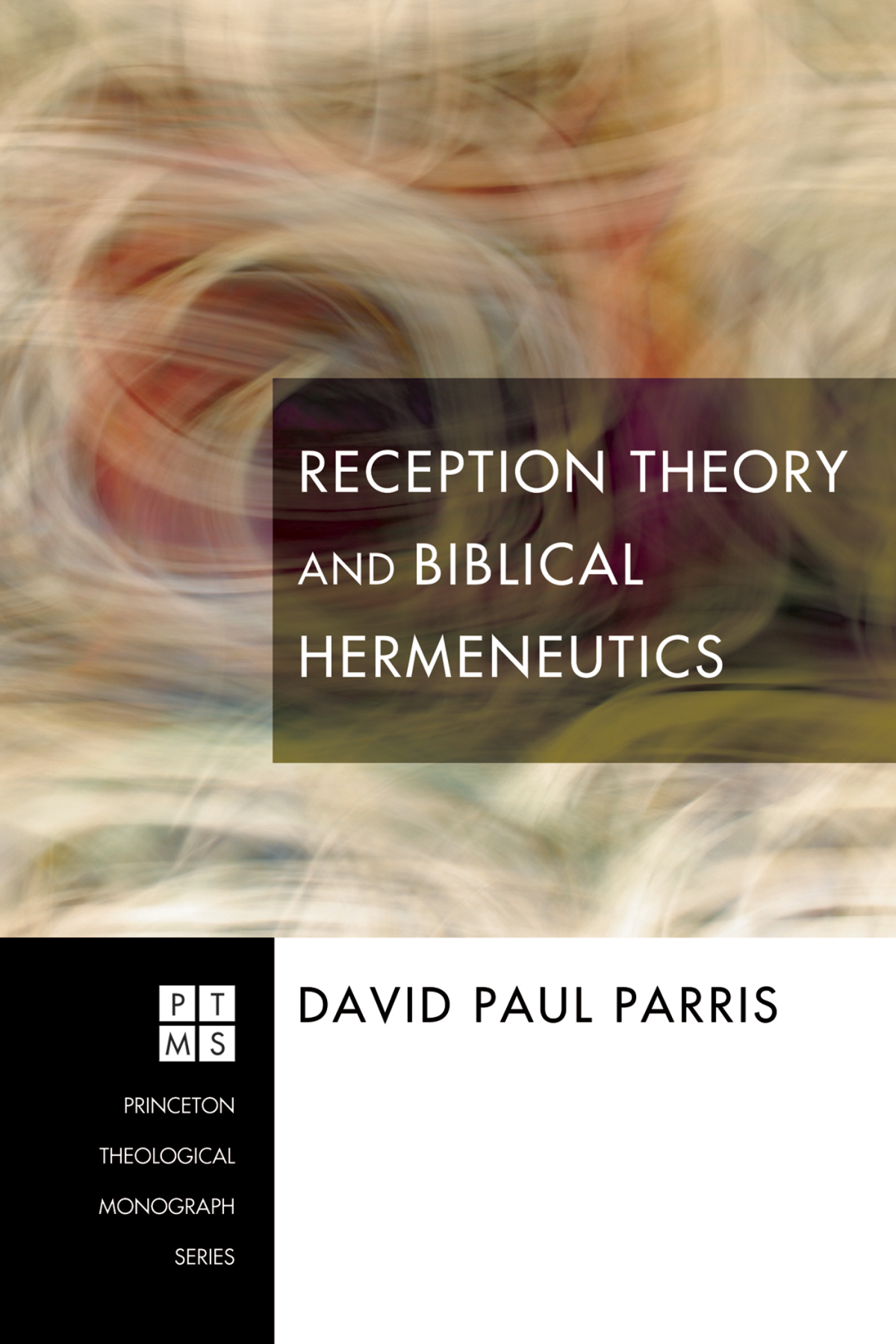

Most ebook files are in PDF format, so you can easily read them using various software such as Foxit Reader or directly on the Google Chrome browser.
Some ebook files are released by publishers in other formats such as .awz, .mobi, .epub, .fb2, etc. You may need to install specific software to read these formats on mobile/PC, such as Calibre.
Please read the tutorial at this link: https://ebookbell.com/faq
We offer FREE conversion to the popular formats you request; however, this may take some time. Therefore, right after payment, please email us, and we will try to provide the service as quickly as possible.
For some exceptional file formats or broken links (if any), please refrain from opening any disputes. Instead, email us first, and we will try to assist within a maximum of 6 hours.
EbookBell Team

4.8
14 reviewsTraditional methods employed in biblical interpretation involve a two-way dialogue between the text and the reader. Reception theory expands this into a three-way dialogue, with the third partner being the history of the text's interpretation and application. Most contemporary biblical interpreters have ignored this third partner, although recently the need to include the history of interpretation has gained some attention. This book explores the hermeneutical resources that reception theory provides for engaging the history of biblical interpretation as a third dialogue partner in biblical hermeneutics. The first third of this work explores the philosophical background and hermeneutical framework that Hans-Georg Gadamer provides for reception theory. The center of this study examines how this hermeneutical approach is fleshed out by Hans Robert Jauss. Jauss not only builds upon Gadamer's work, but his literary hermeneutic provides a model applicable to the biblical text and its tradition of interpretation. The focus for the final third of the book shifts toward three studies that seek to demonstrate the applicability of various aspects of reception theory to biblical interpretation.